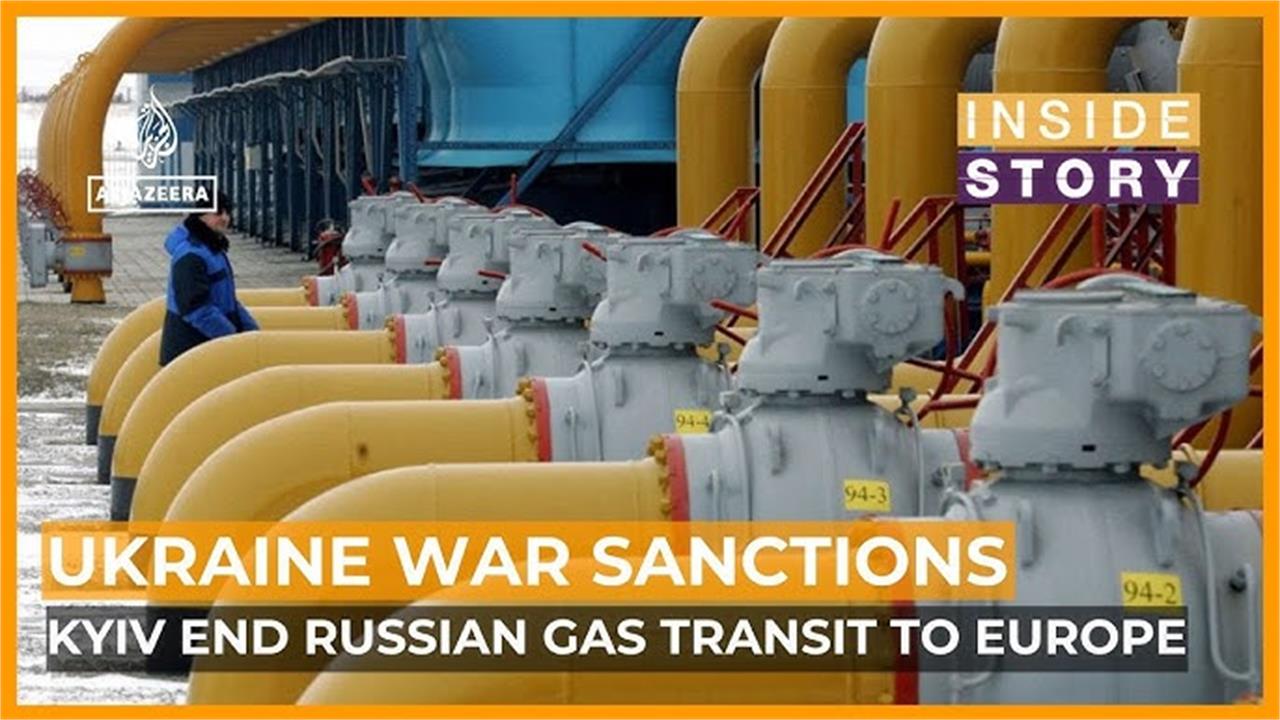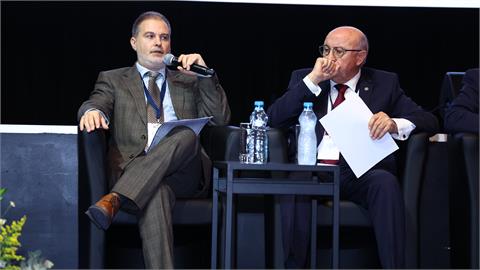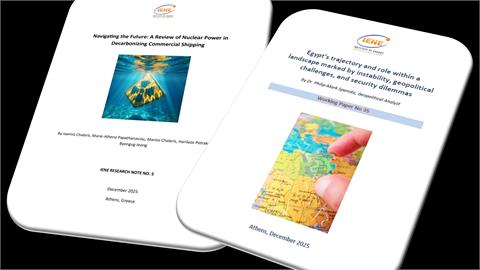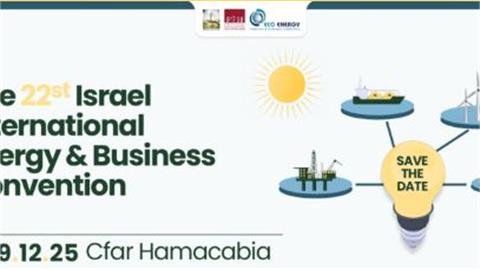As it was reported in the January 3 edition of IENE’s “Energy Weekly Report”, the year started with the suspension of gas transmission through one of the two remaining passages for Russian gas to Europe, namely the pipeline through Ukraine. Throughout the period of hostilities, from February 2022 until today, Russian gas had been flowing uninterrupted through Ukraine’s pipeline system. Russian gas, originating in West Siberian fields, had been shipped through Ukraine to Slovakia and then branched off to Hungary and Austria. Gas transmitted through the particular pipeline corresponded to 5% of European gas supply.
The countries affected by Ukraine government’s decision not to renew the gas contact between Naftogaz, Ukraine’s state gas company, and Gazprom have sought alternative suppliers. Gas will now be supplied to the above countries mainly by LNG, to be transmitted in gaseous form through the European gas network. Also, some extra quantities will be directed north through the European branch of the TurkStream pipeline which brings gas from Russia, via Turkiye, to SE Europe. In addition, more gas, mainly originating from the Alexandroupolis LNG terminal, will become available through the Vertical Corridor, which starts from the Greece-Bulgaria Interconnector in the south and moves north, through Bulgaria, Romania, Hungary and then branches off to the East, to Slovakia, Moldova and Ukraine. Hence, the role of our region for European gas supply is greatly enhanced.
Inspite of the fact Europe today is much better placed from a supply point of view than it was in 2022, having managed since then to lower spectacularly its dependence on Russian gas- the EE now covers 15% of its gas demand from Gazprom, well below 40% which was before the war - supply challenges remain strong and they have a clear impact on prices. Thus, the one month forward contract at TTF, the European gas benchmark, now trading just above $ 50/MWh, has increased some 60% since last March and by 15% over the last ten days, as anxiety gripped markets ahead of anticipated gas supply shortages.
Although the market had largely discounted the termination of Russian gas deliveries through Ukraine, the actual suspension lead to increased uncertainty over long term supply prospects. These mainly concern the volumes and price of LNG imports as the EE has increased its dependence on the supercooled gas. In 2023 these represented some 43 % of European gas supply having largely substituted Russian gas imports. With natural gas covering some 21 % of European energy demand in 2023, and 17 % of the electricity mix. With the growing contribution by Renewable Energy Sources for electricity generation, in line with EU’s green policies, and the further decrease of coal use for power generation, the crucial role of natural gas as a reliable provider of base load, together with nuclear, is becoming increasingly apparent.
With gas prices directly impacting electricity prices, as foreseen in the pan European target model, the role of gas in Europe’s energy system operation and market functioning is far more important than Brussels bureaucrats care to admit. As we enter the new year the energy challenges faced by Europe are more connected to natural gas supply and electricity market operation, including the provision of nuclear power, than the further penetration of RES into the energy system which apparently has reached its limit in view of growing concerns over green power curtailments and electricity transmission system stability.




